Al Jazeera Center for Studies: Baroud on Trump’s ‘No Roosevelt Moment’
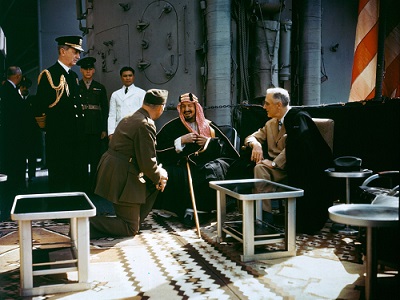
Abstract
For nearly 25 years, several US presidents tried to redefine American relations with the Middle East, but they rarely managed to stave off the palpable decline of the US role in shaping that strategic region. Now, Donald Trump believes he has a chance. History, however, teaches us that he is wrong.
Introduction
When it comes to the Middle East, every American president vied to have their Roosevelt moment, which had defined the US legacy in the region for over seven decades.
George Bush sought to revitalize his country’s dominance through a massive war coalition against Iraq in 1990-91; his son, W. Bush fought, after much urging by the neoconservatives to stave off dwindling US influence; Barack Obama had his moment in June 2009, when he offered reconciliatory language during his speech at Cairo University; and now, President Donald Trump is coveting his own movement in his first visit to the Middle East.
But history is rarely shaped by wishful thinking. The Roosevelt moment cannot be repeated.
The Roosevelt Moment
It is widely believed that an historic meeting between US President Franklin D. Roosevelt and founder of modern Saudi Arabia, King Abdulaziz Ibn Saud aboard the U.S.S Quincy in the Suez Canal in 1945(1) has determined the terms of US influence, if not hegemony in the Middle East.
Then, Saudi Arabia was emerging as an economic power hub in the region, while the United States was emerging as the future global power as it was set to inherit the remnants of the British Empire worldwide.
Roosevelt had two major agendas: one was the establishing of a Jewish State in Palestine and the second was controlling Middle East oil.
Ibn Saud wanted to secure his reign in Saudi Arabia and to assure his country’s regional influence. While he would not concede on Palestine, he agreed to a deal that remained in affect till this day: US military support for Saudi oil.
Roosevelt spoke from a power position, and reached a deal that would implant US interests as a staple of Middle East reality. One of the factors that gave the US President that much leverage was his previous stop in Yalta, Crimea where he had just met with Winston Churchill and Joseph Stalin.(2)
The outcome of their meeting was no less significant than the Sykes-Picot Agreement signed between Britain and France, with the consent of Russia in 1916. The agreement divided the territories of the crumbling Ottoman Empire between the two main European powers. That agreement had shaped the very geography and borders of the Middle East to this day.(3)
The meeting of Yalta in February 1945 too produced a new reality. It demanded an unconditional German surrender, which was obtained in May of the same year. The meeting also set in motion plans that would shape the post-war world and rearrange global order.
The Roosevelt-Ibn Saud agreement atop U.S.S. Quincy was a major component in those plans. It designated the US as the caretaker of the Middle East, it relegated the rule of Britain, it elevated Saudi Arabia and made the oil a strategic weapon of immense geopolitical value.
The American Middle East
But Things didn’t necessarily go as planned ..
– Read more.


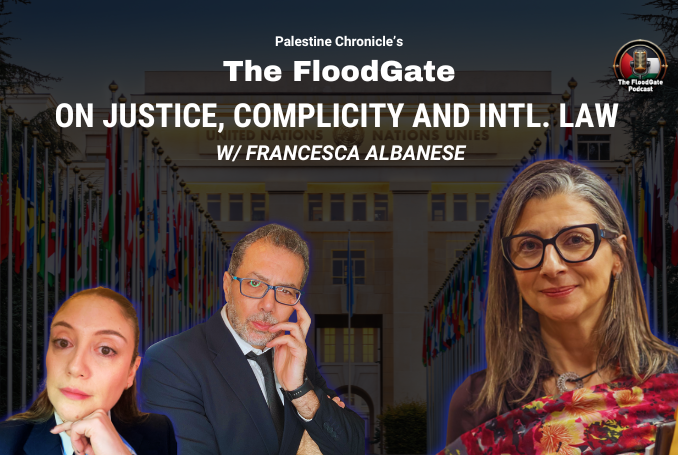










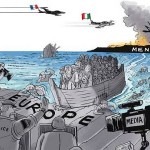




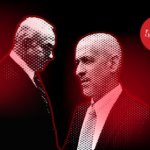

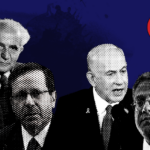



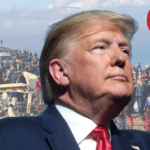
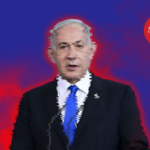
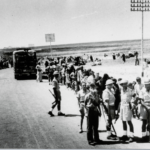







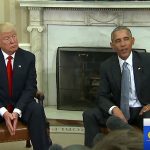
0 Comments